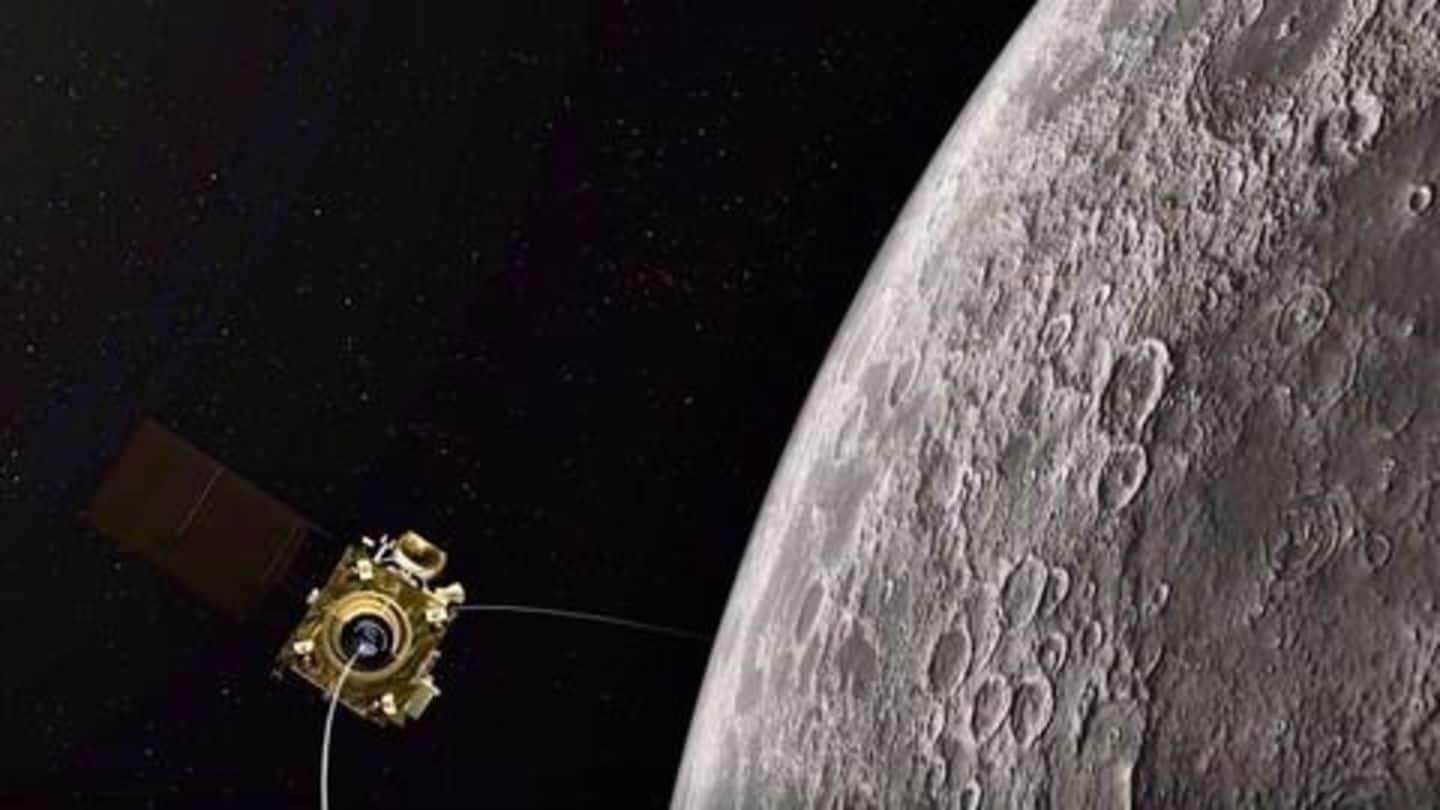
Chandrayaan-2 Orbiter studying lunar surface as Vikram remains silent
What's the story
As the Vikram Lander of Chandryaan-2 remains mum in lunar darkness, the Indian Space Research Organization is using the Orbiter element of the mission to study the surface of the moon. The agency has confirmed that an Orbiter payload, dubbed CLASS, will soon be used to understand the composition of the lunar surface. Here's all about it.
CLASS
First, you should know what is CLASS
CLASS or 'Chandrayaan 2 Large Area Soft X-ray Spectrometer' is one of the eight payloads integrated with Chandrayaan-2 Orbiter. It has been designed to measure the signatures of major elements (like Calcium, Aluminium, Silicon, and Titanium) present in the lunar surface by reading the characteristic spectra of X-rays they emit after being excited by the Sun's rays.
Working
CLASS will work best with solar wind-triggered magnetosphere
ISRO says CLASS will be most effective in reading lunar soil elements when the surface of the satellite is illuminated with a rich source of charged X-rays from the Sun. Now, this would happen when the solar wind, an outflowing stream of charged particles from the Sun, interacts with the Earth's magnetic field and produces a long-tailed magnetic envelope around Earth, called the magnetosphere.
Quote
Magnetosphere's tail stretches beyond Earth, Moon's orbit
"The Earth's magnetosphere is compressed into a region approximately three to four times the Earth radius on the side facing the Sun, but is stretched into a long tail (geotail) on the opposite side that goes beyond the orbit of Moon," ISRO said.
Detection
So, when Moon passes through geotail, its surface gets illuminated
That said, when the Moon traverses through this so-called geotail (which is said to happen once every 29 days), its surface elements will get hit with a rich source of X-rays, emitting secondary X-rays for CLASS to detect. This spectral signature of these rays will help the instrument detect the presence of key elements and understand the composition of the lunar surface.
Quote
Here's what IISC Prof. Nirupam Roy said about CLASS' detection
"The observations it is really supposed to make will happen when there's a solar flare towards earth when the orbiter is passing through," IISC Prof. Nirupam Roy said. "Sectral signature will tell us about the presence of certain elements that give off the secondary X-rays."
Variability
Detection would, however, be variable
While CLASS' results would give ISRO a huge chunk of data, its observation count could vary. This is because the whole effort depends on the number, intensity, and direction of solar flares, and the position of the obiter when it happens. If the orbiter isn't in position when the flare is taking place, it won't get the spectral data from the lunar surface.